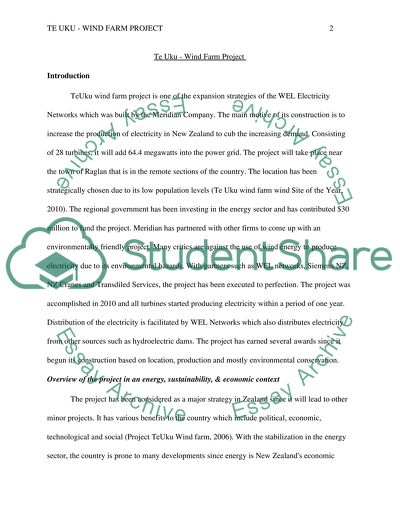Cite this document
(“Te Uku - wind farm project Assignment Example | Topics and Well Written Essays - 2500 words - 1”, n.d.)
Te Uku - wind farm project Assignment Example | Topics and Well Written Essays - 2500 words - 1. Retrieved from https://studentshare.org/environmental-studies/1636795-te-uku-wind-farm-project
Te Uku - wind farm project Assignment Example | Topics and Well Written Essays - 2500 words - 1. Retrieved from https://studentshare.org/environmental-studies/1636795-te-uku-wind-farm-project
(Te Uku - Wind Farm Project Assignment Example | Topics and Well Written Essays - 2500 Words - 1)
Te Uku - Wind Farm Project Assignment Example | Topics and Well Written Essays - 2500 Words - 1. https://studentshare.org/environmental-studies/1636795-te-uku-wind-farm-project.
Te Uku - Wind Farm Project Assignment Example | Topics and Well Written Essays - 2500 Words - 1. https://studentshare.org/environmental-studies/1636795-te-uku-wind-farm-project.
“Te Uku - Wind Farm Project Assignment Example | Topics and Well Written Essays - 2500 Words - 1”, n.d. https://studentshare.org/environmental-studies/1636795-te-uku-wind-farm-project.


